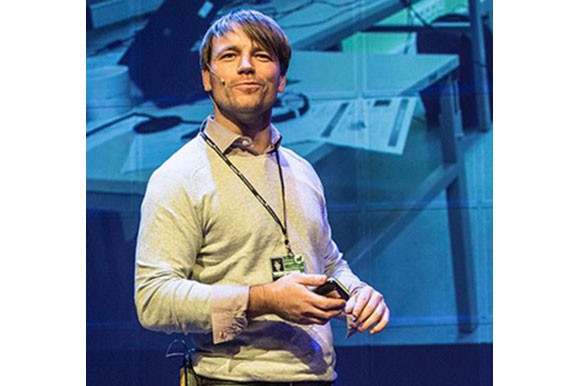Thinking Outside the Box
While it may sound great I'd like to correct this widely spread opinion: creating a new technology or business model is not thinking outside the box. It always means to actually remain in certain limits and instead to expand the box, so to speak.
Absolutely everything in this world has aspects to consider, they may be legal or technical. That is why innovation should happen considering certain constraints. Indeed - brainstorming should happen freely, without limitations (otherwise ideas get limited before they even can occur), but defining the model in the end is a much more hands-on and strategic development.
Expanding the Box
I do also agree with the approach of testing an idea or concept fast, there are many ways to do so by introducing a basic 3D-printed prototype to future clients or even just creating a landing page and seeing how many subscribe. But that approach will show you potential demand, real business is more complex than that.
"Expanding the Box" means addressing the most important constraints of your innovation. Most elementary constraints are technological, legal or even social.
Here are seven most important aspects to consider:
Big Idea - without the idea there's nothing to build on! But lets dig deeper...
Capable Execution - is your team and the partnerships around it capable of delivering results? Have they made it before in a similar way or sector? Building the next generation space tourism company may sound like a good idea, but who will build the launchpad, ship and business around technology?
Favourable Regulation - is the legal side clear or does it fall into a "grey area"? TransferWise still operates, in a way, in that zone where it doesn't need to have the same licenses as banks do; many equity selling crowdfunding platforms must also be creative in bringing new models into old system. Starship Technologies is working very hard to see legal matters are clear with their robot deliveries. Disruptive ideas need to fit into our today's legislation to be able to operate.
Willing Market - the demand must be there and when I say there, it sometimes may even mean a location with sufficient foot traffic. Richard Branson wrote in his autobiography "Losing My Virginity" that choosing the right locations for record stores was very complicated: sometimes one location worked splendidly while more affordable premises across the street didn't attract customers at all. So a willing market, goes deeper than if people are willing to buy records.
Group Support - sometimes it may happen that a good idea gets "killed" before it can fly by people in more senior positions. Someone more junior in an organisation may face resistance from higher level management. So group support within the organisation is very important and corporate culture is struggling with its old ways.
Functioning Technology - obviously the technology must be ready for what you're trying to create. I believe this needs no further explanation - hover-board may sound like a great innovation, but making a board float in the air is still not possible in a usable manner.
Social Acceptance - you may have a very good and cost effective strategy for new protein bars made of bugs from a bug farms, but will people buy it knowing they're eating bugs? In some cases, even religion or numerology may play a role - many buildings in the US are still built without a 13th floor (12th following 14th), and that is western culture. Now imagine how a product can succeed or fail in China depending on what number it has in its name?
These are the points in general to give a first glimpse of what to consider when we think of innovation and launching a product or service to the market. I hope my brief look into the constraints of innovation and expanding the box instead of thinking widely out of it can inspire you to consider more aspects - most of it I had no time to cover - and be more successful in executing your idea.
From my personal experience I can tell it is much harder than is seems. But if we knew how hard it is, we wouldn't even get started. So I wish all innovators luck and stamina, or as my wise mother Ave Alavainu always told me: "My dear son: everything comes in its' own time or a little bit later."
About Peeter Nieler:
Peeter Nieler is an innovator and former film and television producer, developing Virtual Reality technologies. He is a sought-after speaker and - as he calls himself - Venture Catalyst having started already two Virtual Reality companies; Criffin is focused on hardware design and Virtual Neuroscience Lab is researching VR scientifically. His companies already have two technologies in the portfolio and some in the pipeline, most important being omnidirectional treadmill for natural locomotion in Virtual Reality.
Peeter Nieler - http://linkedin.com/in/nieler
CEO & Founder
Criffin Ltd.
www.criffin.com




















